Oil prices continued to edge upward, building on the previous day’s gains. A sharp drop in U.S. crude inventories signaled strong fuel demand, helping boost market sentiment. At the same time, traders remained cautious about the recent Iran-Israel ceasefire and its impact on Middle East stability.
Brent crude rose by 15 cents to reach $67.83 per barrel, while U.S. West Texas Intermediate (WTI) crude climbed 20 cents to $65.12. Both benchmarks posted nearly 1% gains the day before, rebounding from earlier losses. These increases came after U.S. data showed steady energy consumption.
Falling U.S. crude stocks were a key reason for the market’s renewed optimism. According to the Energy Information Administration (EIA), crude inventories dropped by 5.8 million barrels in just one week. Analysts had expected a far smaller decline. This drop reflects rising demand and increased refining activity during the busy summer driving season.
Gasoline inventories also fell by 2.1 million barrels, defying predictions for a rise. This drop came as gasoline supplied — a key indicator of fuel demand — reached its highest level since late 2021. U.S. driving demand appears to be rebounding after a sluggish start.
Economist Yuki Takashima from Nomura Securities said that many traders now focus on strong demand signals. However, he also noted that uncertainty remains over the Iran-Israel ceasefire. The market is still watching for developments in the region and for updates on OPEC+ output plans.
With fewer geopolitical shocks recently, attention has shifted to oil production fundamentals. The oil demand outlookremains central to current market moves. ANZ analysts noted that the easing of conflict between Iran and Israel has allowed investors to refocus on U.S. supply data and broader global trends.
In a related development, Russia’s Rosneft chief Igor Sechin suggested OPEC+ may raise production earlier than planned. That change could happen a full year ahead of schedule. OPEC+, which includes major producers like Saudi Arabia and Russia, plays a vital role in balancing global oil markets.
Meanwhile, U.S. President Donald Trump welcomed the quick ceasefire between Iran and Israel. He said the U.S. would press Iran to abandon its nuclear program in upcoming negotiations. Trump also mentioned the possibility of easing oil sanctions enforcement to help Iran rebuild, though official policy remains unchanged.
The oil demand outlook will remain a key driver for prices in the coming weeks. Rising summer travel in the U.S., production signals from OPEC+, and ongoing diplomacy in the Middle East will shape the next market moves.


